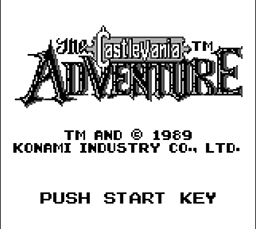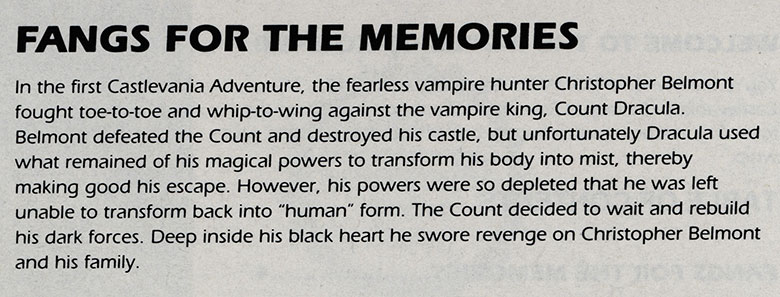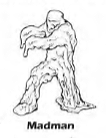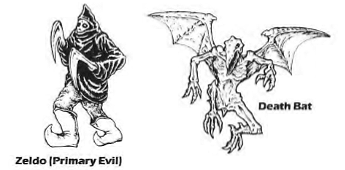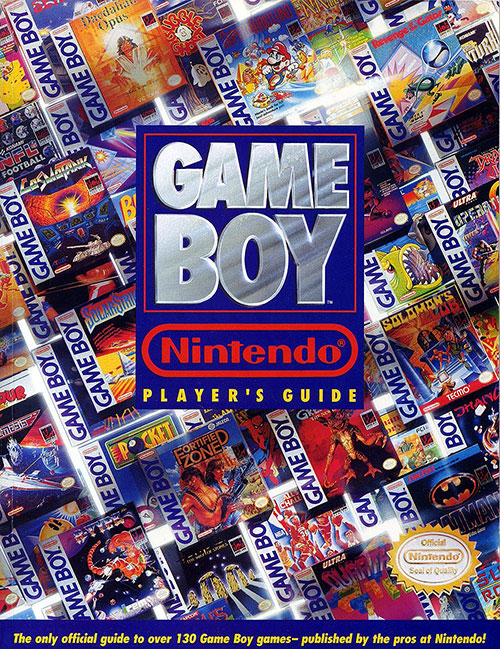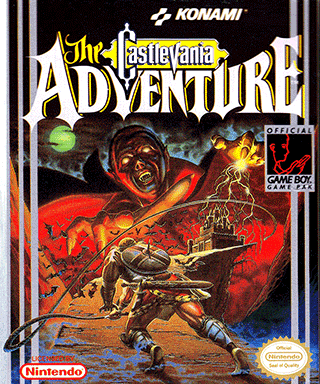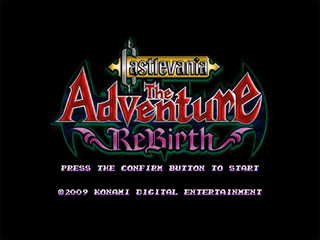| Title |
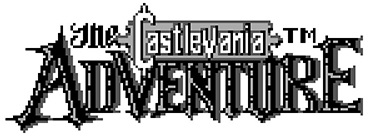
Castlevania: The Adventure |
| Company |

Konami |
| Developer(s)/Designer(s): |
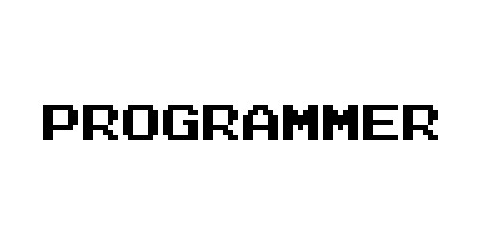 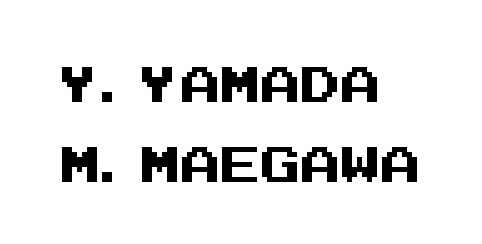
Programmers: Y. Yamada, M. Maegawa
|
| Composer(s)/Musician(s): |
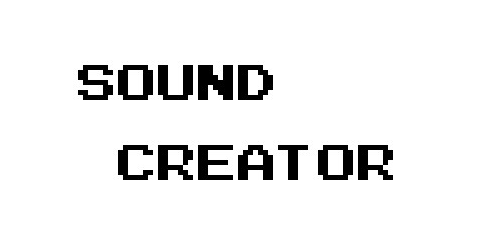 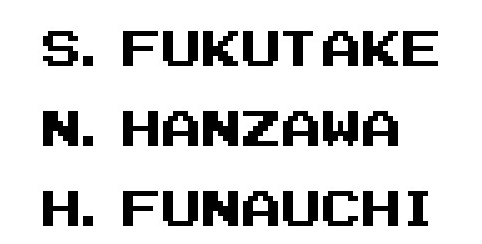
Sound Creators: S. Fukutake, N. Hanzawa, H. Funauchi
|
| Year: |
1989 |
| Release Date: |
North America - December, 1989 |
| System: |
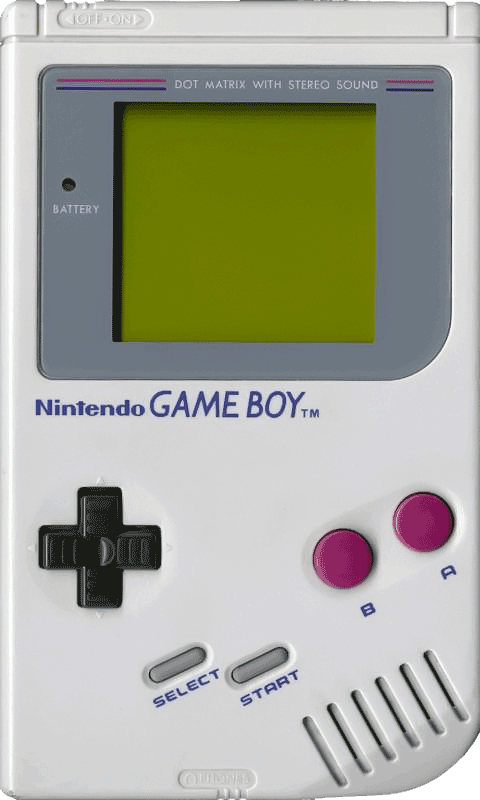
Game Boy |
| Genre: |
Action, Horror, Platformer |
| Ratings/Suitable For Age Group?: |
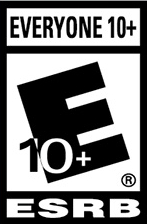
E 10+ for Everyone 10+ (Fantasy Violence) |
| Arcade Version?: |
No. |
| Port To Other Game Systems: |
(Nintendo 3DS) Virtual Console as a digital download from the Nintendo eShop and

included in the (Switch, PS4, XBox One, Steam)
Castlevania Anniversary Collection.
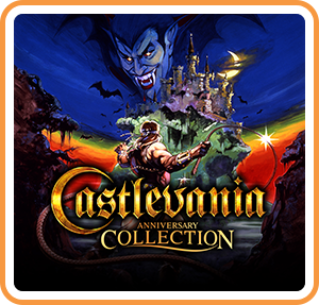
|
| Part of Franchise: |
- Yes. Part of the Castlevania series.
|
| Rarity/Availability: |
Was available on the Nintendo 3DS Virtual Console
(as a download from Nintendo eShop).

Cartridge becoming harder to find, but price is affordable (at least, in the St. Louis, MO metropolitan area). |
| Add'l Game System Peripheral Needed To Play?: |
N/A |
| 1 or 2 Player: |
1 Player |
| Number of Reserve Players: |

Start with 3 Players, two in reserve |
| 1-Up's |

Yes. It is called the 1 Up on the Count in the manual. |
| Life Meter |

Yes. The Life Line. |
| Password |
No |
| Battery |
No |
| Continue? |

Yes. Unlimited, but will begin at start of last Stage you died on. |
| Perspective/Orientation Gameplay |
2D and Horizontal/Vertical (Retraceable/Freedom to Backtrack within a Stage [until the previous area you cannot reach]) |
| Number of Levels |
4 Stages |
| Checkpoints? |
Yes |
| Save points? |
No |
| Uninterrupted Play? |
Upon death of character, play stops and resumes from beginning of current Stage or current checkpoint. |
| Internal Map(s)? |
No |
| Score? |

Yes |
| Difficulty Settings |
No |
| Time Limit? |
Yes |
| Hero |

Unnamed hero
(later to become Christopher Belmont)
|
| Sidekick(s)/Cast |
No
|
| Weapons |
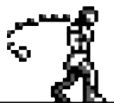 Mystic Whip Mystic Whip (default)
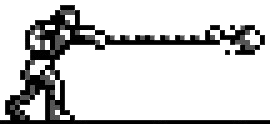 Fully-powered Mystic Whip with Fireballs
|
| Items/Equipment |
- The Flashing Crystal (Calls forth a Primary Evil.)
|
| Power-Ups |
- Heart (Partially restores your Life Line.)
- The Flashing Heart (Totally restores your Life Line.)
- "1 Up on the Count" (Gives you an extra life to play with.)
- Cross Of Gold (Makes you invincible for a limited period of time.)
- Crystal (Increases the power of your Mystic Whip.)
- The Valuable Coin (Increases your point wealth.)
|
| Power-Downs |
No |
| Main Enemy |
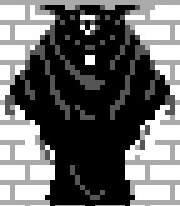
Count Dracula |
| Person/Place Being Saved |
N/A |
| Objective/Goal |
"So risk your neck and accept Drac's challenge. Because if you fail to destroy him now, he will rule the night forever." (according to the box) |
| Ending? |
Yes |
| Secret Code(s)? |
No |
| Stage Select |
No |
| Invincibility |
No |
| Extra Players |
No |
| Continues |
N/A |
| Sound Test |
No |
| Additional Secret Codes |
? |
| Trivia/Little Known Facts |
- Castlevania: The Adventure was just the sixth game released in the North American region for the Nintendo Game Boy handheld device and the first game produced from a company other than Nintendo: Konami.
- Nowhere within the original game manual, box/cover art or in game is the protagonist actually named. It may be inferred or assumed that it was Simon Belmont once again—the hero and main character of both NES games in the family, up to that point: Castlevania (1987) and Castlevania II: Simon's Quest (1988).
Official documentation from the manual of the game's follow-up, Castlevania II: Belmont's Revenge (Game Boy) (1991) would later be used to retroactively give this vampire slayer the name, Christopher Belmont ... and set the game back in time, prior to the NES titles.
Part of the manual above (↑) reads:
"In the first Castlevania Adventure, the fearless vampire hunter Christopher Belmont fought toe-to-toe and whip-to-wing against the vampire king, Count Dracula. …"
- Only a few foes from the prior Castlevania games make an appearance in Castlevania: The Adventure: bats, birds, mudmen (called Madman here) and Count Dracula. Most of the "movie monsters" and typical cast of common enemies are missing—including, notably, Death (Grim Reaper).
- In the actual manual to Castlevania: The Adventure, the Primary Evil of Stage 3, Death Bat, is erroneously switched with Zeldo.
- In the actual manual to Castlevania: The Adventure, the She Worm is included within "Some Pretty Frightful Dudes"—the game's cast of regular foes—mistakingly placing the assumed. feminine character in with the "Dudes", slang normally reserved for a group of masculine characters.
- In the actual manual to Castlevania: The Adventure, a power-up item that "makes you invincible for a limited period of time" is known as the Cross Of Gold—yet it can never be seen in that color, due to the four-color restriction of greens or gray that can only be displayed on the Game Boy.
- Castlevania: The Adventure was featured along with a number of other games on the Game Boy in a special gaming guide.
Officially released by Nintendo, the Game Boy Player's Guide, was printed in 1991. The publication provided in-depth coverage with intricately-detailed maps and tips for each game.
In the case of Castlevania: The Adventure, several character names and items contradicted the game's instructional manual. Also, a Stage 5 is labeled, although there is none.
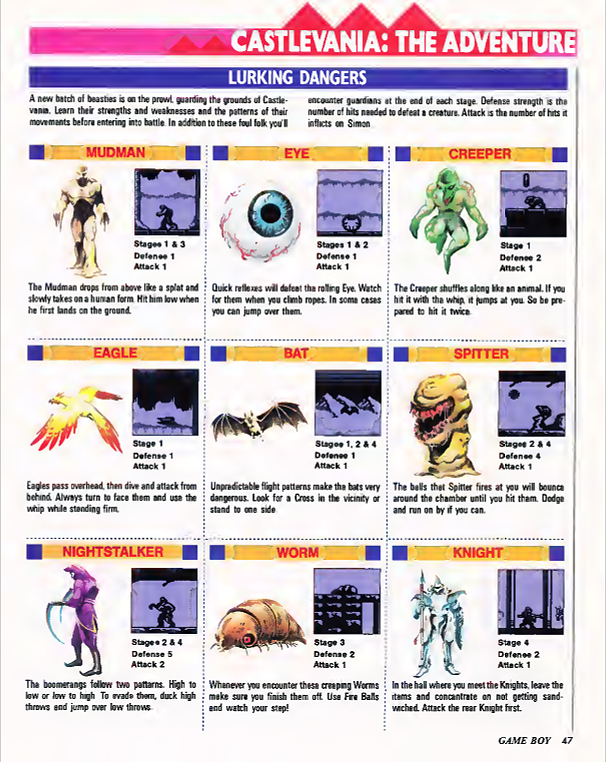
Nearly every enemy has an altered name in the Game Boy Player's Guide with the Nightstalker (Zeldo) and Spitter (Punaguchi) being Anglicized. The Creeper, Eagle and Bat aren't mentioned in the original game manual.
- One of the game's programmers, Masato Maegawa, would go on to leave Konami with other employees to help form and become president of the renown, Japanese game studio, Treasure Co., Ltd. in 1992.
Treasure would go on to develop a number of memorable games, such as Gunstar Heroes (Sega Genesis, etc.), Ikaruga (various), Sin And Punishment (Nintendo 64), Wario World (Nintendo GameCube) to name a few.
Treasure would be known for its creativity, original concepts and impressive game design that would push a console to improbable results with high energy play; vivid, graphic work and imaginative, multifold, boss enemy design.
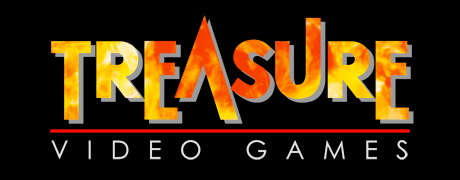
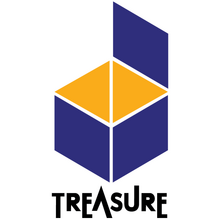
Treasure
- On a side note, Nintendo, which was well-known for its watchdog tactics of censoring material to keep things family-friendly and non-offensive, had fewer decisions to make with Konami and Castlevania: The Adventure than it did with the series on the NES. Religious imagery was, typically, targeted vigorously; however, the dilemma of a game steeped in Christianity made it near-impossible to enforce all questionable references.
As a result, a few inconsistencies occurred.
Crosses were the biggest, potential problem areas to police.

The Cross Of Gold brings temporary invincibility and revisits the idea of religious symbols being used to combat vampires often seen in film and literature.
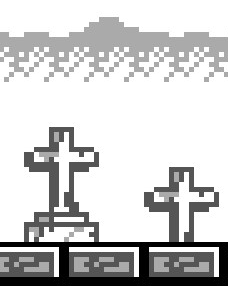
The cemetery scenery includes crosses as tombstones.
- The box art for Castlevania: The Adventure shows an action-packed scene, as the main protagonist whips through a mass of bats. However, he is wearing a shield on his back and a scabbard with sword swings from his waist: neither item can be seen on the in-game sprite or used or is present during actual play.
- Castlevania: The Adventure would surprisingly receive a dramatically-upgraded and updated remake years later on the Nintendo Wii e-Shop as part of its WiiWare. In 2009, Castlevania: The Adventure ReBirth would be reimagined and improved in nearly every way. Unfortunately, at the time of this writing and publication, the exclusive title can only legally be found and played on Wii consoles that purchased and downloaded the game, since the Wii e-Shop is now defunct and offline and because Konami has yet to re-release it.
RETURN TO TOP
|

